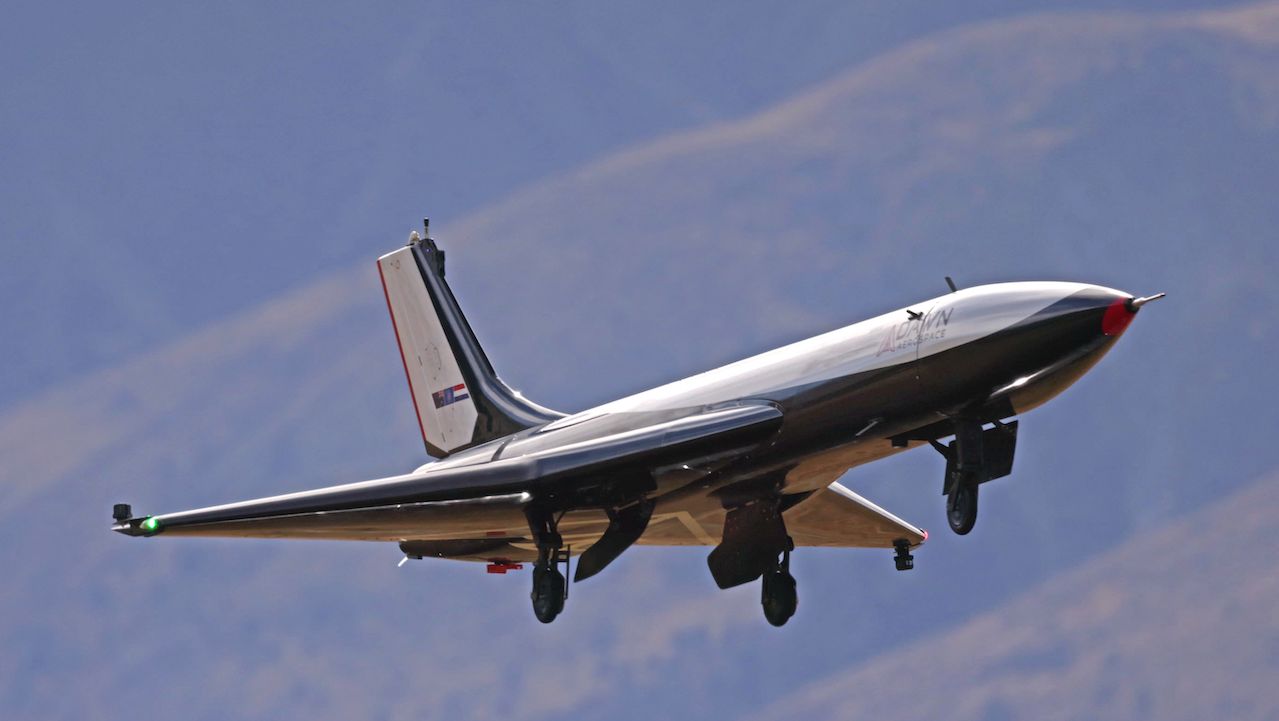A type of slowly revolving neutron star known as a magnetar is thought to have surface magnetic fields stronger than 1014 G. Most magnetars are only found at gamma- and X-ray wavelengths. Only six have been discovered to produce radio pulses thus far.
Researchers have discovered unusual radio pulses from the complexly behaved magnetar XTE J1810-197 utilizing Murriyang, CSIRO‘s Parkes radio telescope.
After a high-energy outburst in 2003, the magnetar XTE J1810−197 was first identified together with its unusual flat-spectrum radio counterpart. Subsequent studies demonstrated that the magnetar released strong, highly polarized radio pulses. The radio emission’s pulse profile shape and intensity showed significant variations over time.
At roughly 8,000 light years away, this magnetar is also the closest known to Earth.
Dr Marcus Lower, a postdoctoral fellow at Australia’s national science agency – CSIRO, led the latest research and said the results are unexpected and unprecedented.
”Unlike the radio signals we’ve seen from other magnetars, this one is emitting enormous amounts of rapidly changing circular polarization. We had never seen anything like this before.”
Dr Manisha Caleb from the University of Sydney, co-author of the study, said studying magnetars offers insights into the physics of intense magnetic fields and the environments these create.
”The signals emitted from this magnetar imply that interactions at the star’s surface are more complex than previous theoretical explanations.”
The team has a theory, even if it’s unclear why this magnetar is acting strangely. According to the findings, the magnetar’s magnetic pole is surrounded by a superheated plasma that functions as a polarizing filter.
It needs to be clarified exactly how the plasma does this.
In 2018, the University of Manchester’s 76-meter Lovell telescope at the Jodrell Bank Observatory discovered the signals once more. Murriyang promptly followed up, and this has been an essential tool for monitoring the magnetar’s radio emissions ever since.
Journal Reference:
- Lower, M. E., et al., Linear to circular conversion in the polarized radio emission of a magnetar, Nature Astronomy, vol. 8 (2024) DOI: 10.1038/s41550-024-02225-8
Note: This article have been indexed to our site. We do not claim legitimacy, ownership or copyright of any of the content above. To see the article at original source Click Here












